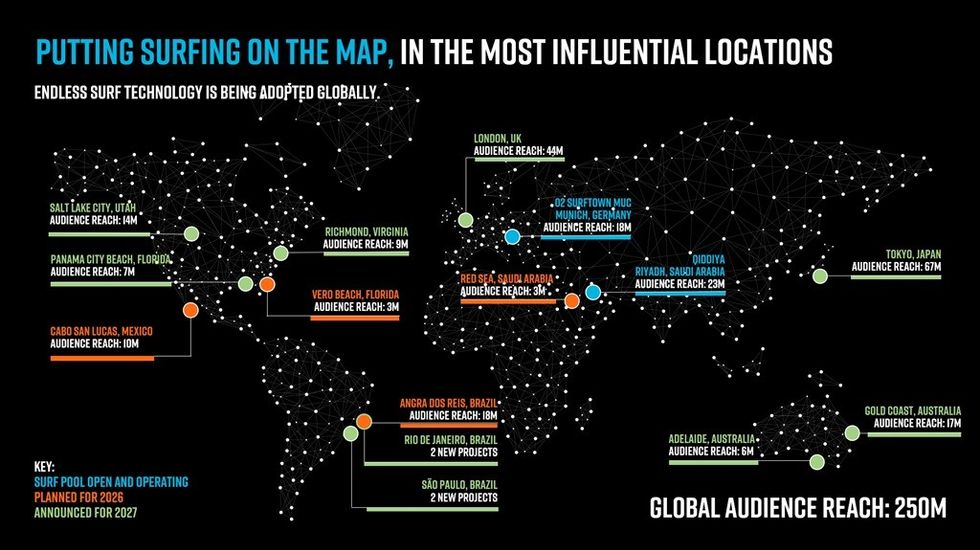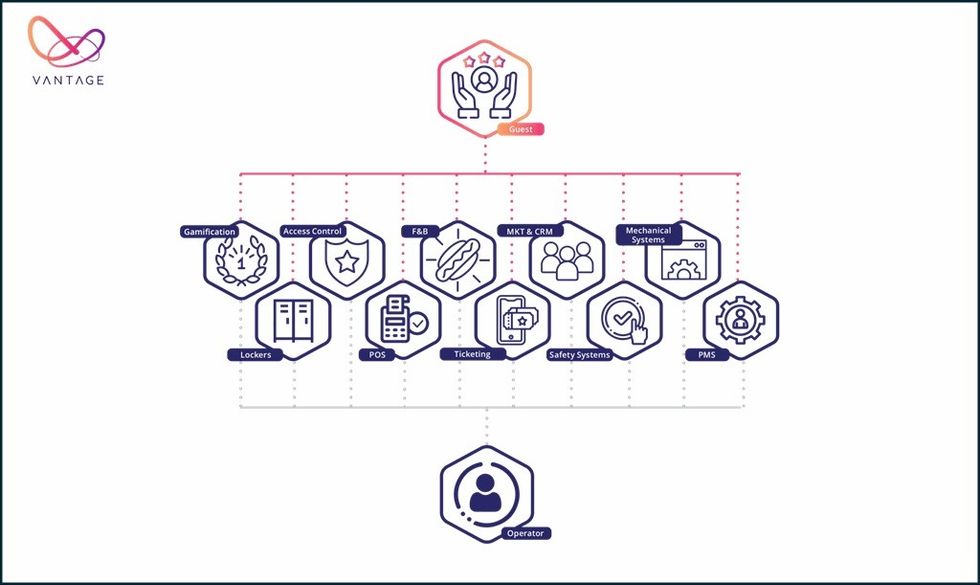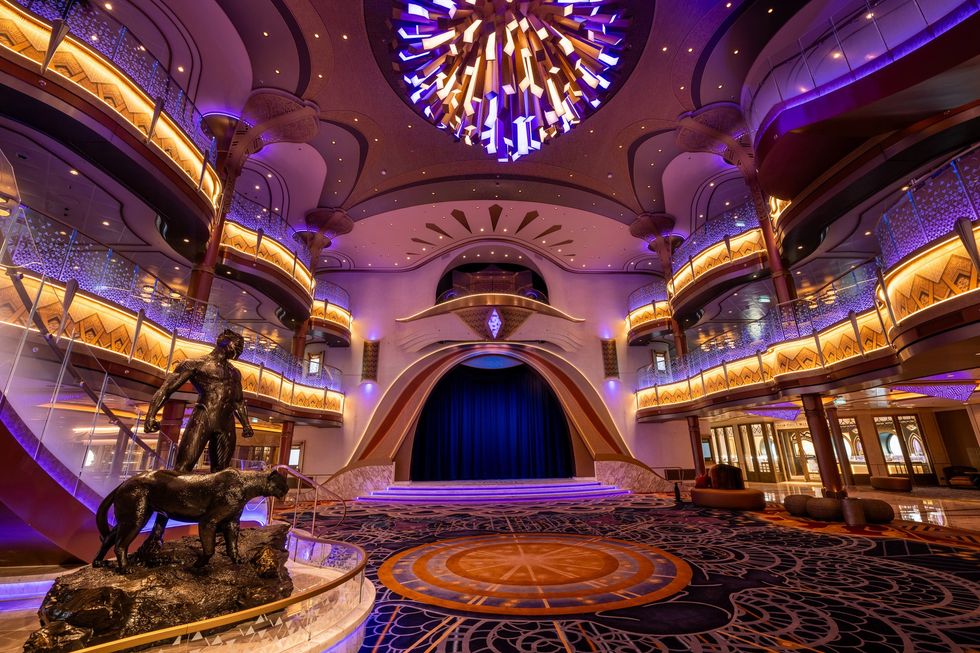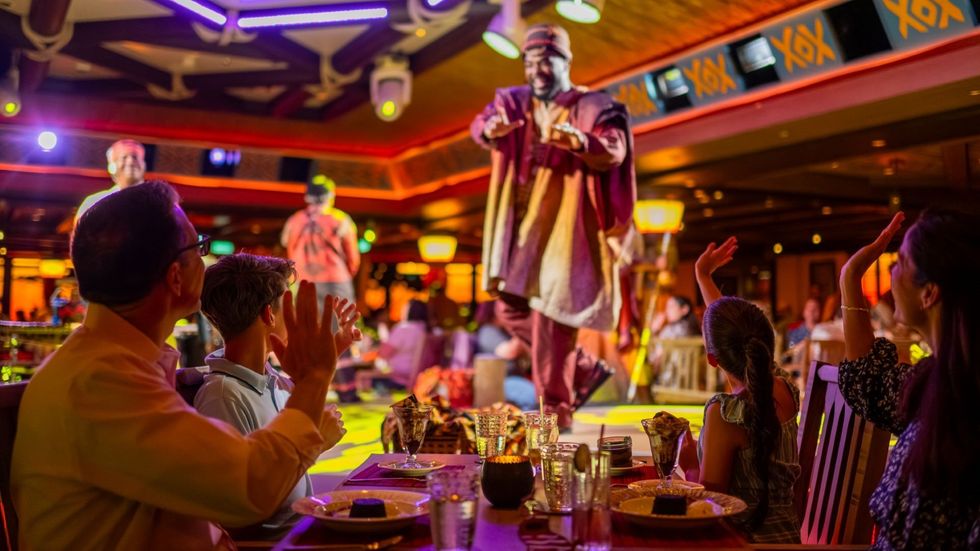Water parks have long been a staple of summer fun, with their classic slides and wave pools. But today’s aquatic destinations are evolving beyond function, embracing immersive storytelling, hybrid attractions, year-round thrills, and even the growing surf movement.
This evolution requires that the portfolios of industry leaders support clients in navigating these shifting expectations, all while attempting to answer the question: what comes next for water parks?
As a leading innovator in this field, WhiteWater has observed and driven this development, creating a portfolio that covers everything from traditional water slides and wave pools to state-of-the-art surf systems and digital integration tools.
We speak with members of the WhiteWater team about how guest expectations are rising, and how the integration of technology, themed design, and new sports like surfing is shaping the future.
Bringing more storytelling to water parks
Historically, water parks were not particularly thematic or story-driven. However, a notable shift has taken place in recent decades.
According to Onno Meeter, president for water parks, the professionalisation of the industry has raised the bar:
"The industry has evolved. In the early days, most water parks were small, locally run, and focused on being functional.
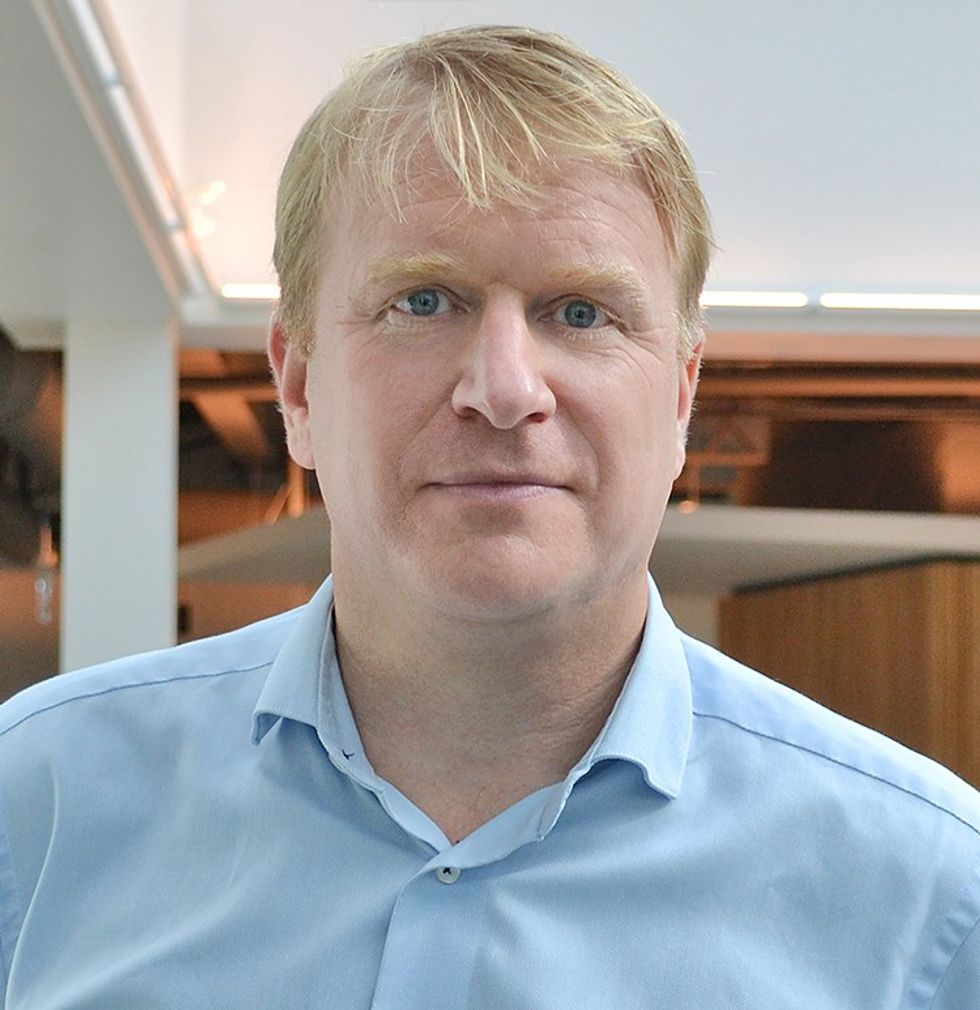
Onno Meeter
"Now, much larger companies are getting involved and recognising the value of investing in water parks."
Meeter adds that today’s guests expect more: “Thematic and immersive environments are a natural next step; they make parks more attractive and enjoyable. People love being surrounded by storytelling and atmosphere.”
Kelly Sall, general manager of water rides, says that differentiation is also a big driver:
“Everyone wants to stand out. Disney set the tone back in the ’90s with Typhoon Lagoon and Blizzard Beach. Then Volcano Bay took over that mantle, and more recently, Aquaventure and other parks have gone for a full park-wide narrative."

Kelly Sall
WhiteWater has been uniquely positioned to meet this thematic demand, thanks to its decades of experience and its work with intellectual properties such as Disney, Nickelodeon, and Legoland.
“We’ve always had in-house sculptors and theming capabilities, and now we’re expanding that with 3D printing for stage elements,” says Meeter.
"Even from the early design stages, our architecture department starts with a holistic narrative,” adds Sall. “Our team is good at keeping that story thread through the guest experience, even if not every concept makes it to the final build."
As storytelling becomes integral to design, it’s also changing how water parks fit into broader entertainment ecosystems.
Multi-experience destinations
The modern water park is rarely a standalone attraction; it is increasingly part of a larger, multi-experience destination. These destinations can range from integrated resorts and cruise ships to standalone surf venues.
This diversity demands a highly flexible design approach.

RainFortress 5, Aqua Nick at Nickelodeon Hotel and Resort, Cancun, Mexico
WhiteWater has an internal architecture department with about a dozen architects across various regions, ensuring projects are customised to meet specific guest expectations—for example, designing for the Dubai market versus North America.
"That diversity allows us to tailor every project,” says Meeter. “We work closely with clients early on, sketching ideas and refining them based on feedback."
The overall trend, according to Meeter, is clear: "With surf parks, cruise ships, and other hybrid destinations, the goal is to give guests more options, including surfing, water slides, and water rides, all in one place.
“It’s part of a larger trend toward offering a full day of varied experiences that keep visitors engaged for longer."
Navigating cruise ships and resorts
Designing for cruise ships and resorts presents unique technical and logistical challenges. Jordanna Bower, VP of business development, says:
"For cruises, we’ve built a specialised team of designers, engineers, and sales specialists who’ve spent time on ships learning how they operate.
“Knowledge is power; certain rides just don’t work on cruise ships, so you really need that expertise."
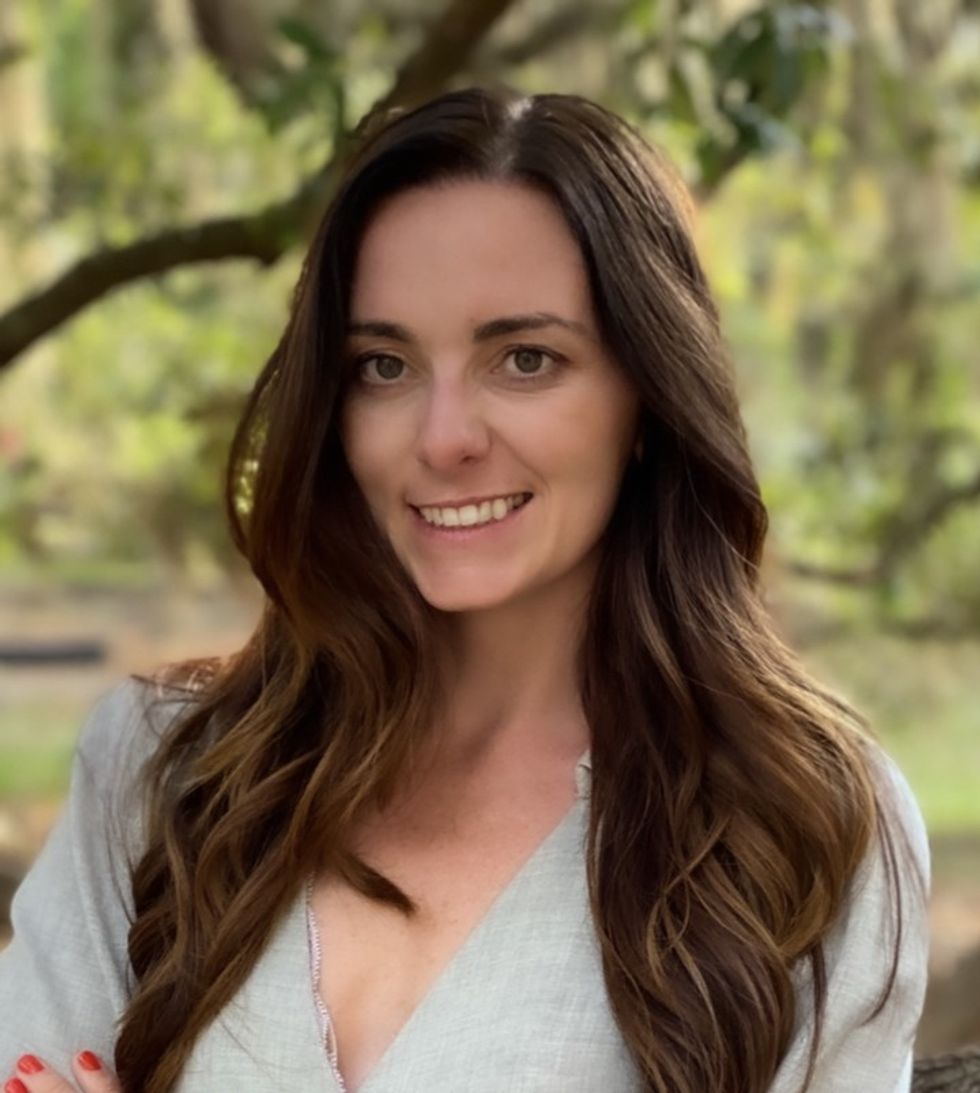
Jordanna Bower
Resorts, in particular, are adapting to the competitive pressure posed by the booming cruise sector.
"Cruising has become so popular that hotels now see cruise lines as competitors. Resorts want guests to stay on property and spend money there.
“We’re helping them fit as much as possible into small spaces, just like cruise ships do.”
For resorts, design must focus on maximising secondary revenue, adds Bower: "The challenge is the smaller footprint and different revenue model. There’s no additional gate fee, so we look at food and beverage and guest flow. For example, placing bars near kids’ areas so parents can relax and still watch their children.
“We adapt the principles of traditional water parks but tailor them to each niche environment.”
Surf systems help to diversify the offer
The inclusion of surf systems is a crucial element of this strategy, especially in the hotel and resort sector, which is the fastest-growing segment for stationary wave systems.
Janne Miikkulainen, SVP of business development for WhiteWater’s FlowRider business unit, explained the broad appeal:
"More and more hotels are adding a few slides, a children’s area, and then a FlowRider, because it appeals to teens, older kids, and adults. It fills that gap between the kids’ pool and the big slides."
Miikkulainen also highlighted the clear financial benefits of including these attractions in cruise ships and resorts:
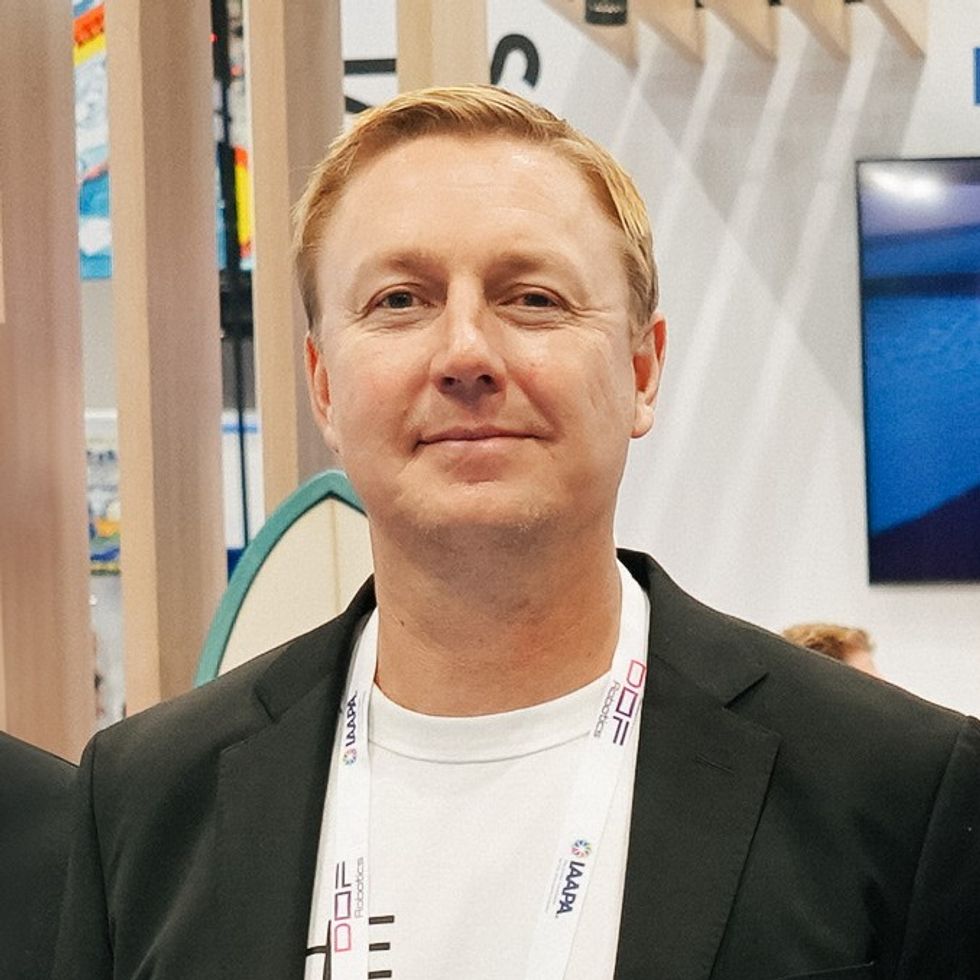
Janne Miikkulainen
"Some all-inclusive resorts include the surf as part of the stay, but most also offer paid private or coaching sessions. And then there’s the spectator value—people love to watch surfing.”
When food and beverage options are arranged around the wave, it becomes a social hub that generates additional revenue.
The surf revolution
The rise of surfing attractions marks perhaps the most important recent development in aquatic leisure.
"Surf is creating a whole new growth area,” says Meeter. “We see it as part of a broader movement where sports and entertainment intersect." Olympic status has given surfing a significant boost, increasing demand from people wanting to try the sport they see on television.
Miikkulainen adds that studies show board sports, such as surfing, wakeboarding, kiteboarding, snowboarding, and skateboarding, are growing at about 7% annually and are forecasted to be a $30 billion industry by 2030.
“Surfing was highlighted as the most popular of all these sports, and artificial waves are one of the key drivers behind that growth.”

Park Grounds, Epic Waters Indoor Waterpark, Grand Prairie, USA
The client base for surf systems is highly diverse. “Our clients for stationary surf systems are such a mixed group. It could be a huge water park or a cruise ship, which obviously requires a lot of technical engineering to make it work onboard.
"Then again, it could be a standalone entertainment venue where surf is the main attraction, surrounded by food and beverage and a themed beach-club environment.
“Every case is unique, so it needs a lot of planning and discussion with the client about what they want and, most importantly, who they’re targeting."
Within the FlowRider unit alone, there are 14 different types of stationary wave systems, necessitating detailed planning based on the target audience, site, and budget.
WhiteWater’s surf innovation
While demand for surf is strong in nearly every coastal nation, Miikkulainen dispelled a common myth:
"Sometimes developers say, ‘Our country doesn’t really have surfers,’ but that’s a misconception. You don’t need an existing surf culture; when you install a wave, you create one. We’ve seen it in many inland countries.”
Essentially, if you build it, they will come.
While FlowRider has been hugely successful for over 25 years, WhiteWater continues to invest heavily in technological advancements, particularly concentrating on sustainability and the authenticity of the surfing experience.
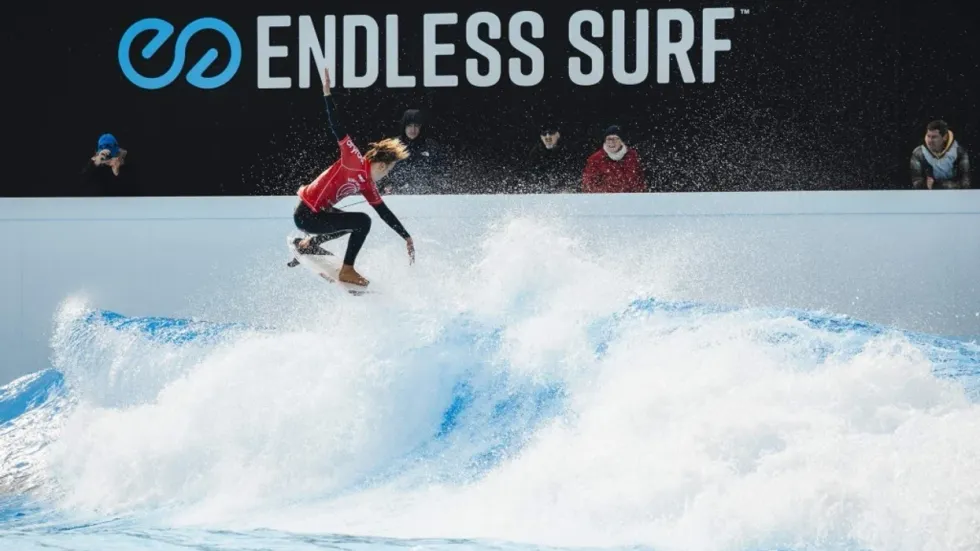
"The biggest innovation for stationary waves in recent years is our development of what we call deep-water wave, FlowSurf. Unlike traditional FlowRiders, you surf these with real surfboards.
“Historically, deep-water stationary waves consumed too much energy to be feasible, but with FlowSurf, we’ve now engineered a second-generation version that uses 50–70% less energy than any other deep-water system on the market.”
As well as FlowRider, which incorporates both the traditional system and the newer FlowSurf, WhiteWater also operates another surf business unit, Endless Surf, which powers parks like the groundbreaking O2 Surftown MUC in Munich.
Integrating technology
Technology is a key factor fundamentally transforming how aquatic attractions are built, operated, and experienced. This includes both the physical engineering of the rides and the digital tools used to improve guest flow and enjoyment.
WhiteWater has been embedding technology into attractions for years, from early innovations to its current digital tools like Vantage. Meeter views technology as the key to unlocking personalisation:
"With Vantage, we began by letting guests use a wristband to trigger lights or music that matched their preferences. But that’s just the start. You can imagine personalised messages, unique effects, or interactions within slides and attractions.”
He believes water parks are quickly catching up to theme parks in adopting these technologies:
"The upcoming Qiddiya project, for example, really integrates thematic elements and digital interactivity into the slides themselves. It’s a sign of where the industry is heading—toward unique, story-driven immersion."
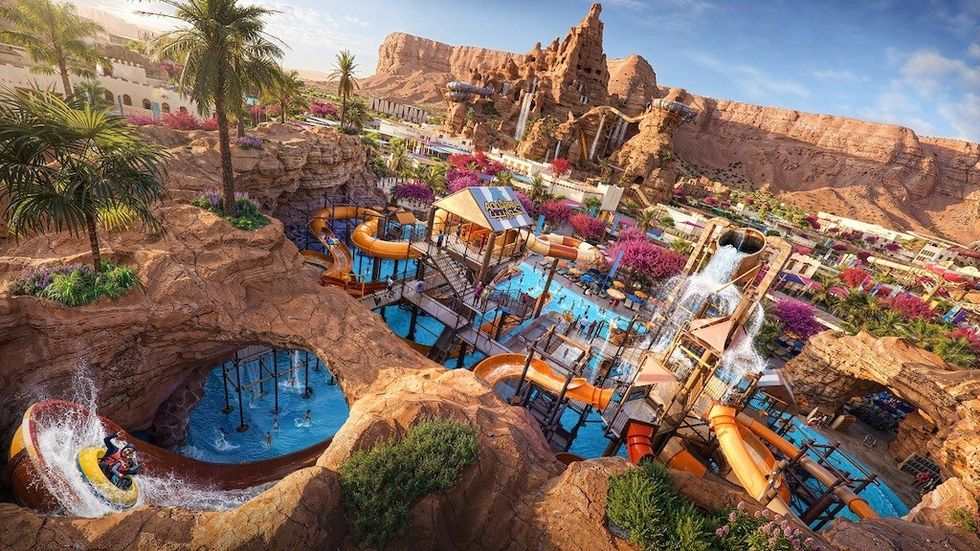
Concept art for Aquarabia, Qiddiya
Bower adds that digital overlays through Vantage can enhance storytelling by extending the physical theme into the digital guest experience.
Beyond the experience, technology is also enhancing operational efficiency, says Sall:
"On the rides side, we’re adding intelligence to systems for monitoring performance, power consumption, and predictive maintenance. We’re even experimenting with AI to count dispatches, freeing operators to focus on guests."
Across all regions, WhiteWater sees a focus on integration, with cashless payments, digital connectivity, and a seamless experience.
On the engineering front, sustainability is a huge driver of technological innovation, particularly in regions where resources are costly. “Our engineers focus on designing rides that use less power and water, while still delivering those big thrills,” says Bower.
“It makes a big difference for operators and the environment.” The lessons learned from the cruise industry, which must constantly maximise efficiency, are now influencing the entire attractions sector, she adds.
Future-proofing water park development
When it comes to future-proofing investments, WhiteWater’s extensive range of products, including slides, wave pools, surf systems, and more, is a considerable benefit.
The team can advise clients on various configurations and budgets, and this capability is essential for developing complex, modern integrations.
One major trend defining the new era of water parks is the seamless fusion of attractions and ride systems, particularly the combination of hard water rides like log flumes and Shoot the Chutes with water slides.
The expansion at Yas Waterworld in Abu Dhabi is frequently cited as a major achievement in this regard.

Yas Waterworld, Abu Dhabi, UAE
Sall says:
"For me, Yas Waterworld stands out. It’s the first time we have fully integrated one of our hard rides into a water slide tower. We redesigned it for guests in swimwear and coordinated closely between our teams during design, installation, and commissioning.
“It was complex, but the result has been fantastic. It’s seen great reviews, viral videos, and a new level of synergy between ride types."
Meeter also highlights this complex project, noting that integrating different ride systems into a single seamless experience was a significant technical challenge involving safety and regulatory standards.
Sall predicts more integration between hard rides and water attractions:
“Our rides can accommodate smaller guests and older generations, offering safe, controlled thrills. Combining that with water attractions creates multi-generational, differentiated experiences, and that’s where WhiteWater excels.”
“Families, friends, people of all ages want to spend the day together in one place,” agrees Bower, sharing another example of this holistic, aesthetic focus.
“For Norwegian Cruise Line’s new private destination, they wanted to create a holistic, multi-generational experience on land, something beautiful and playful that appealed to riders and onlookers alike.
“The design focused as much on aesthetics as on thrills. The tower cladding ended up being almost as tall as the ride structure itself. It’s going to be incredible, and very Instagram-worthy!”
WhiteWater and the destination of the future
Looking ahead, Meeter believes the goal is to create environments where guests feel entirely disconnected from their daily routine, allowing them to truly escape. He envisions water parks transforming "into full-fledged destinations, much like Disney resorts.
"They’ll be places where families stay for several days because there’s so much variety—surf, rides, play zones, relaxation.”
Technology will move beyond simple gravity-based thrills to engage all five senses, he predicts:
"Technology will play a huge role, incorporating sound, visuals, and even scent, to engage all the senses." He also foresees more interconnected social environments, "where parents might be surfing while their children play nearby.”
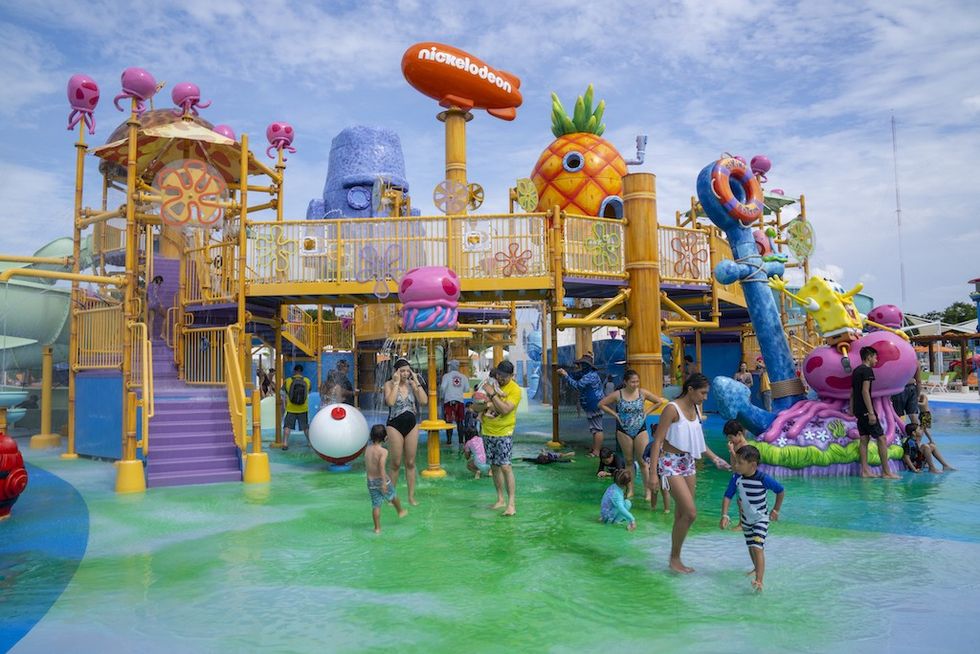
RainFortress 5, Aqua Nick at Nickelodeon Hotel and Resort, Cancun, Mexico
Ultimately, WhiteWater aims to lead this transition by focusing on innovation, storytelling, and design integration. The company is already planning the next phase, says Meeter:
“Yes, surf is growing fast, and we think it will continue to do so. But we’re already looking beyond that—at what’s next after surf. I can’t reveal much yet, but we’re planning for the next evolution in aquatic sports and experiences right now.”
As aquatic design blurs the boundaries between sport, storytelling, and technology, water parks are no longer just summer escapes; they’re transforming into year-round destinations built for imagination, connection, and play.
WhiteWater will continue to lead this change through innovation, storytelling, and design cohesion.
Attendees at IAAPA Expo 2025 can meet the WhiteWater team at booth #2236 to learn more, and can arrange meetings through the Connect+ app.
Charlotte Coates is blooloop's editor. She is from Brighton, UK and previously worked as a librarian. She has a strong interest in arts, culture and information and graduated from the University of Sussex with a degree in English Literature. Charlotte can usually be found either with her head in a book or planning her next travel adventure.


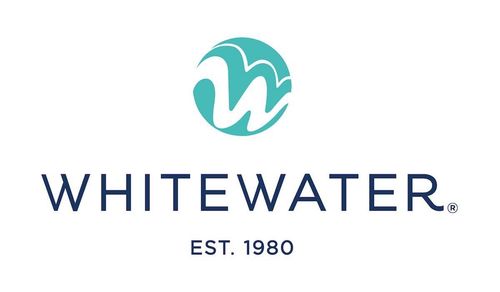


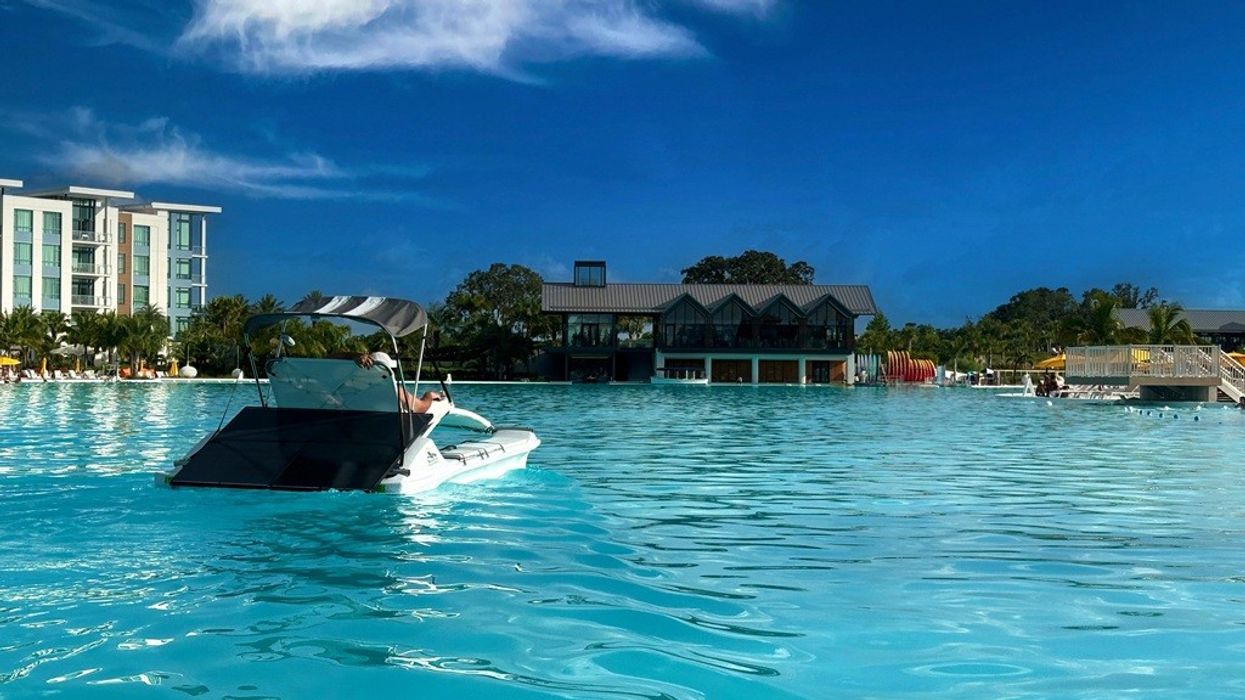


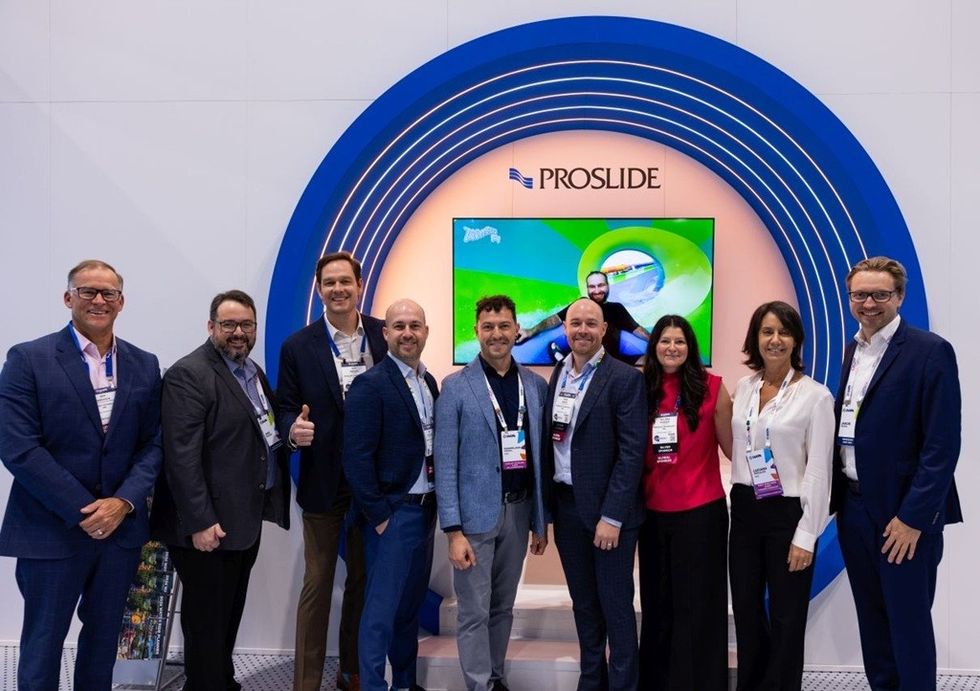
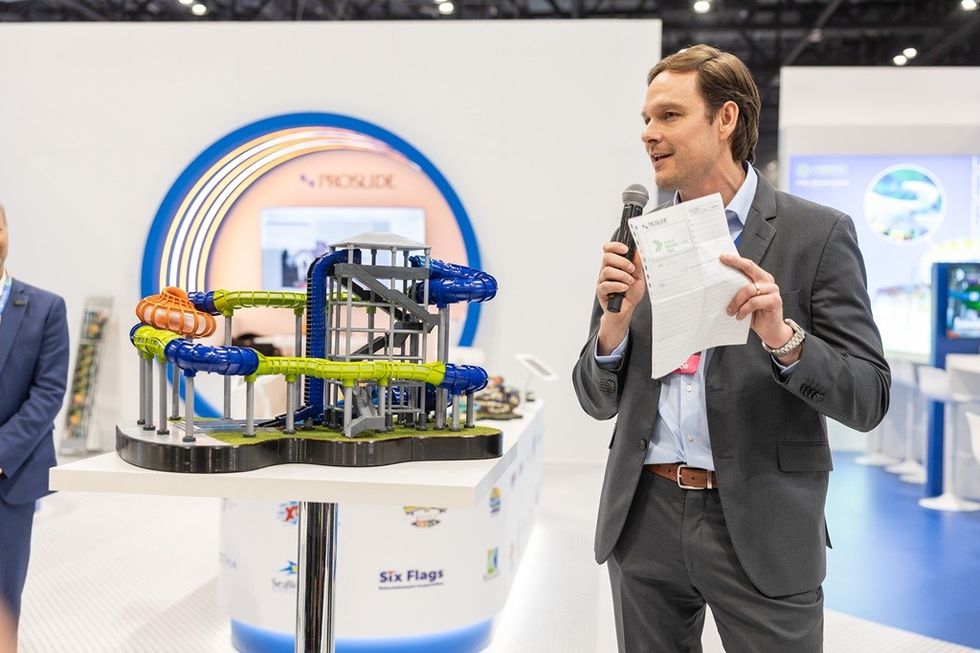




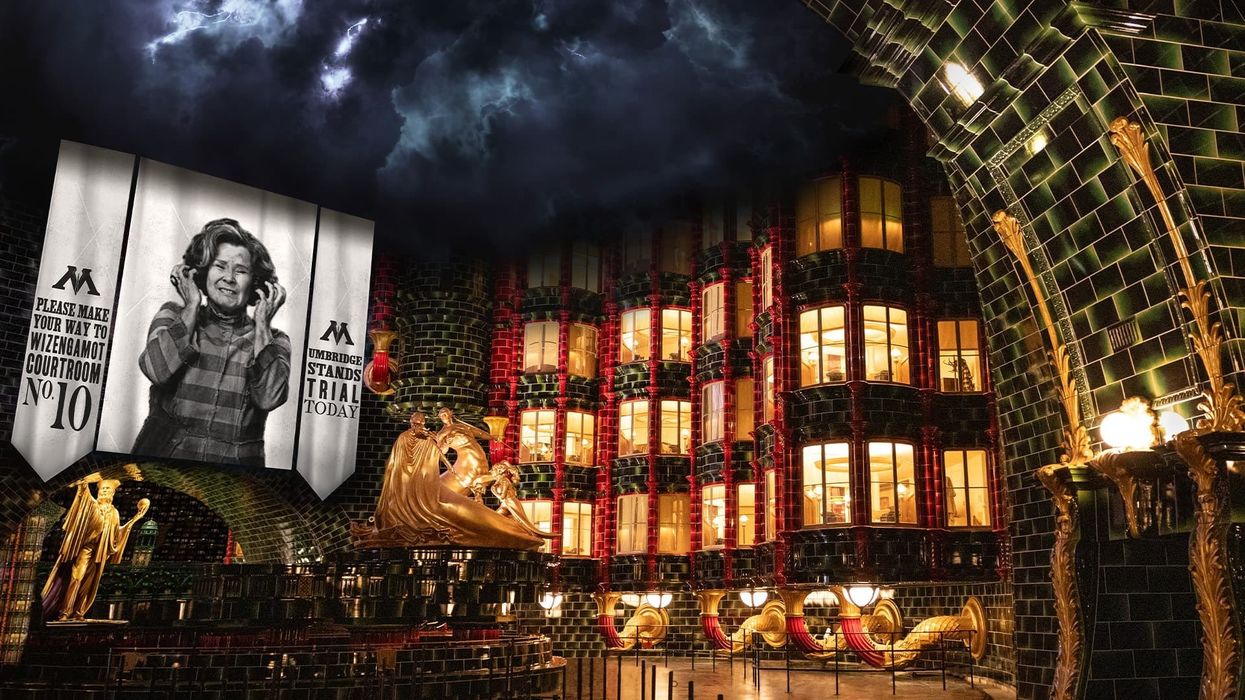
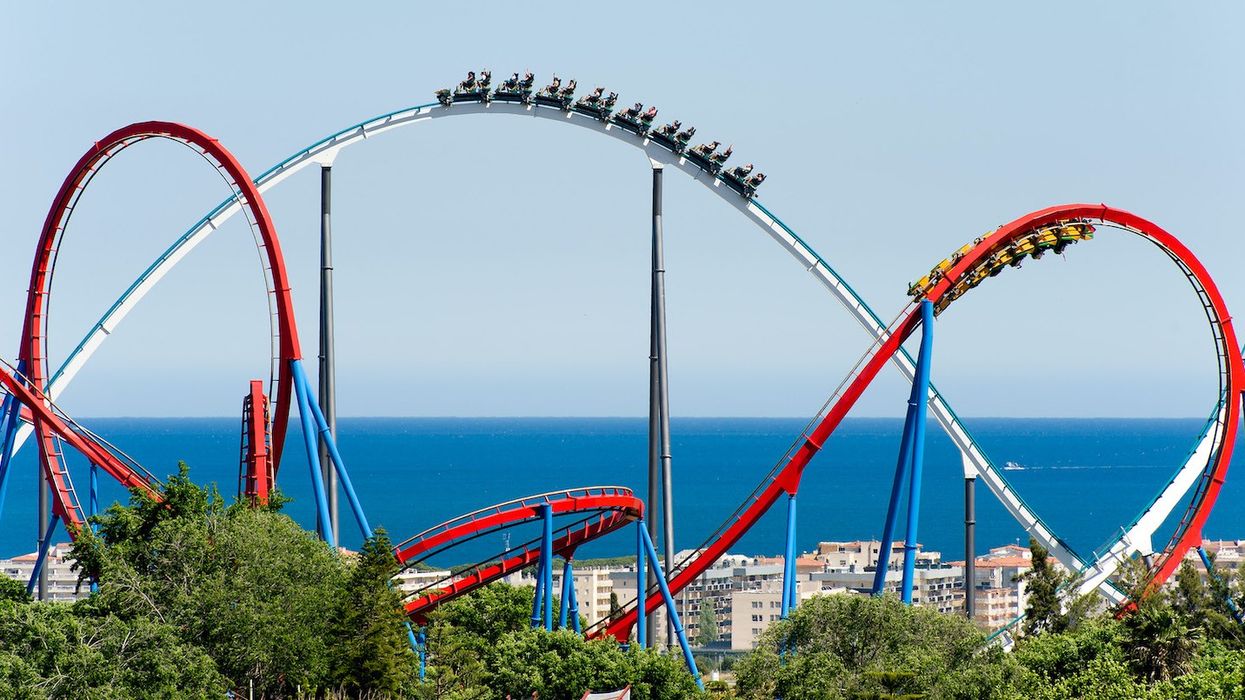
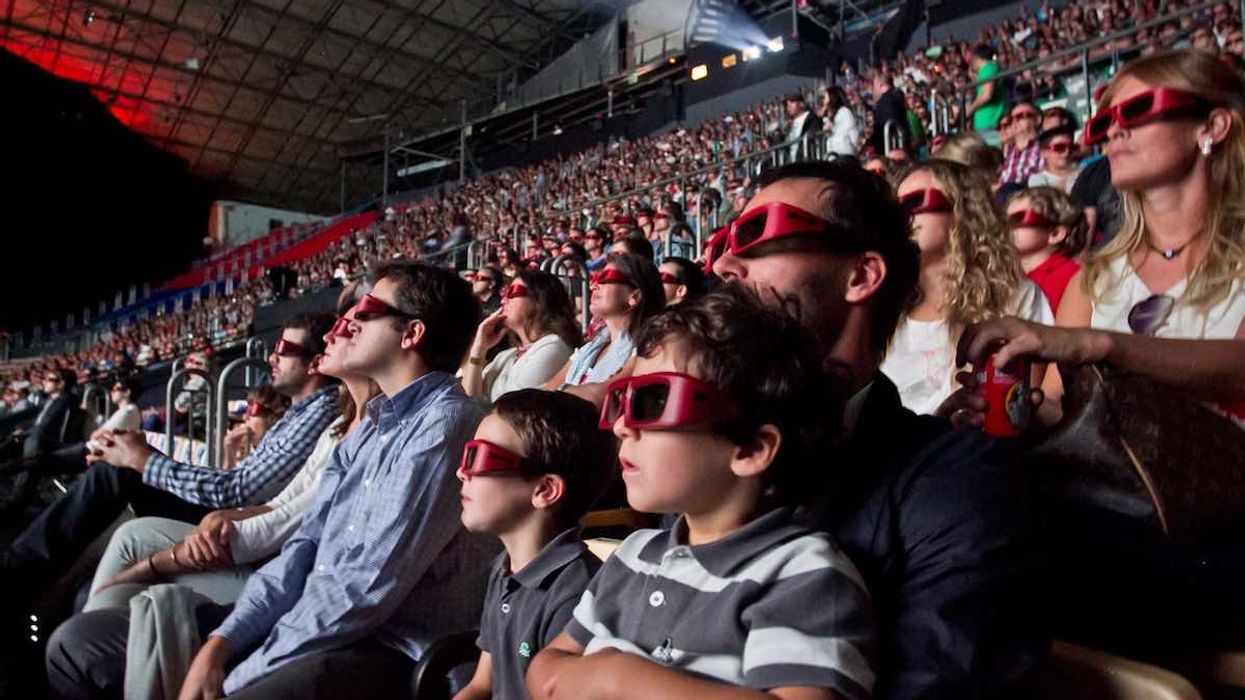
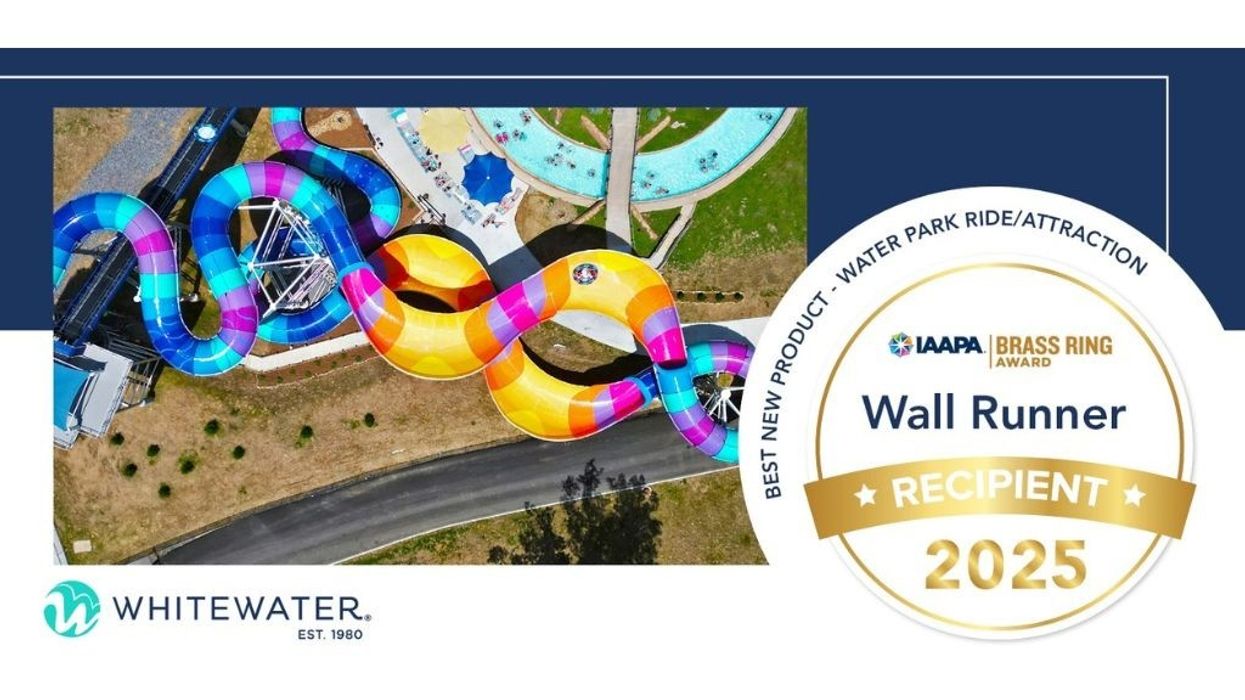
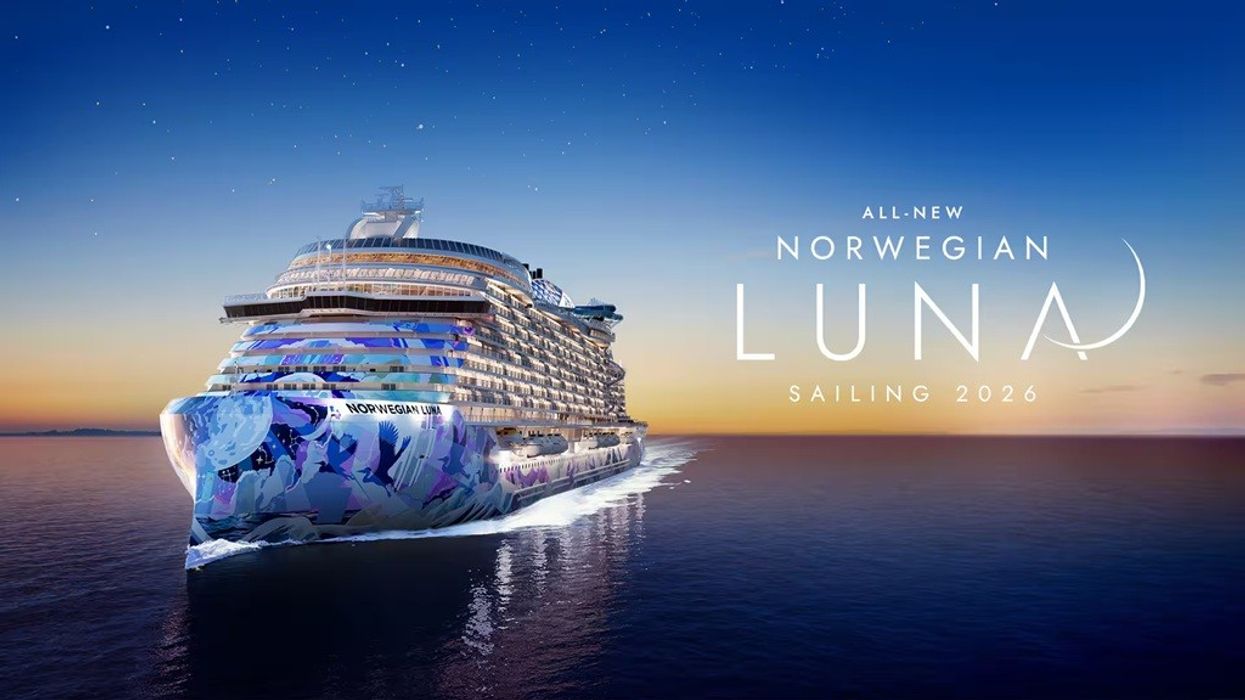
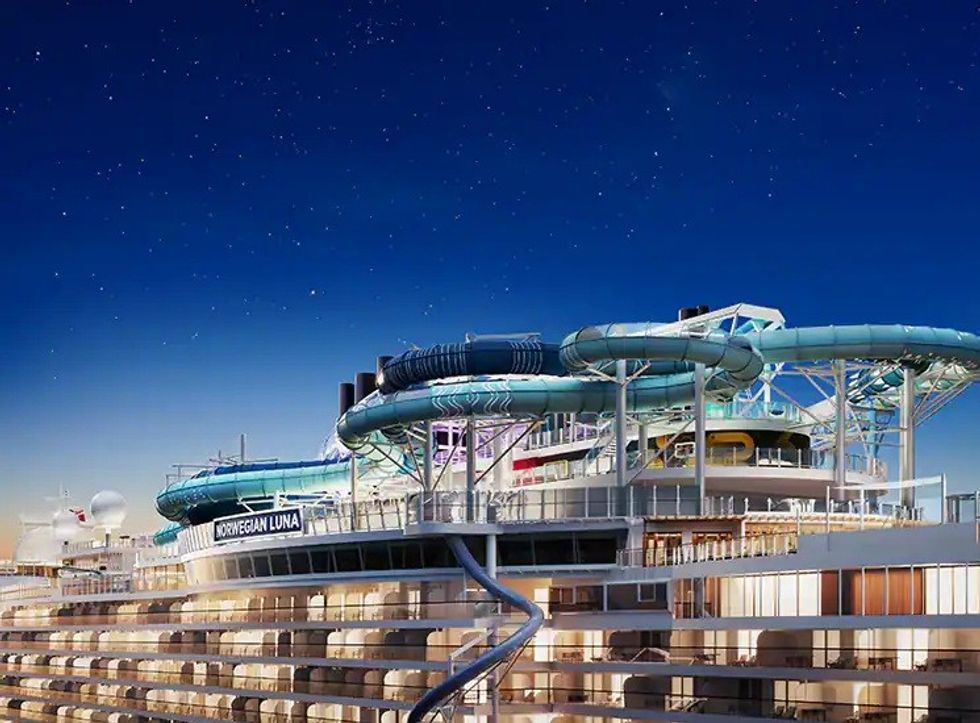

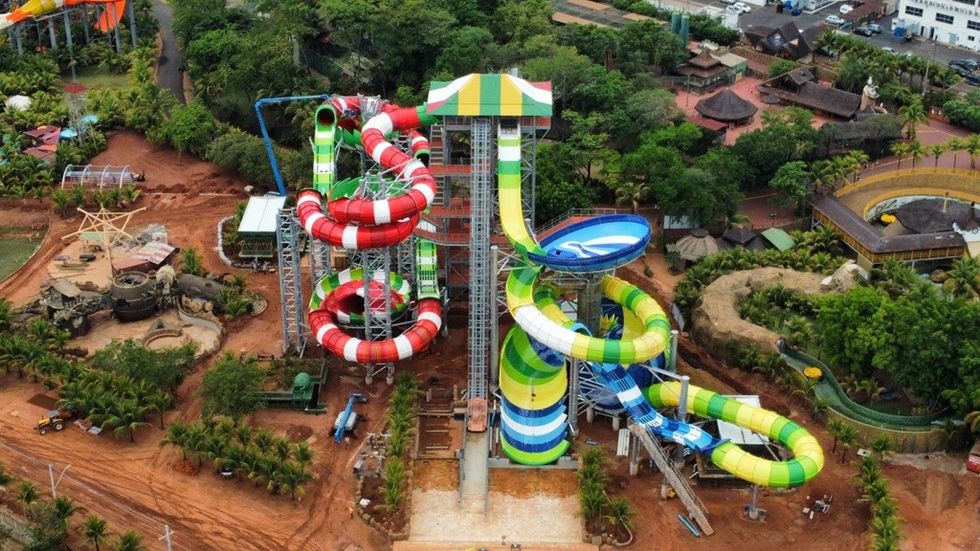 Thermas dos Laranjais Nações - progress picture
Thermas dos Laranjais Nações - progress picture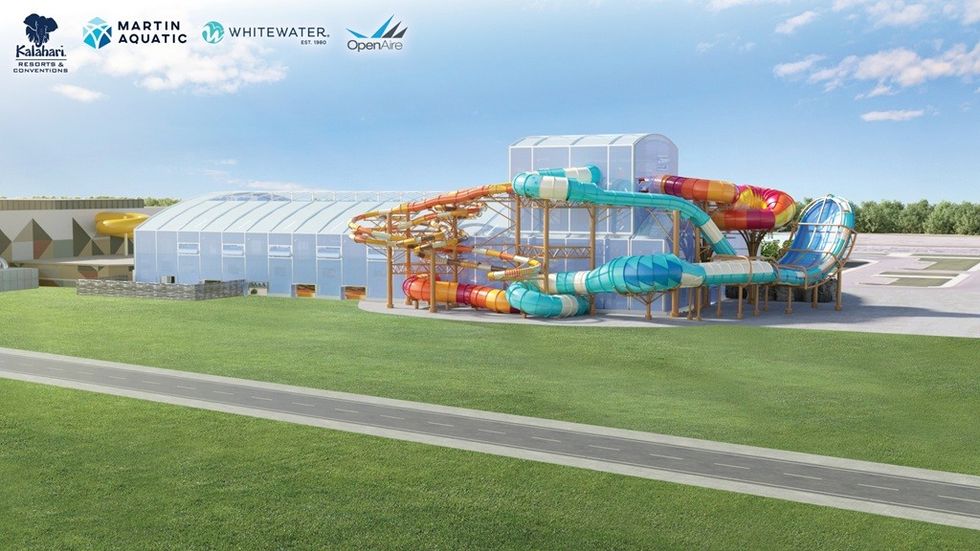 Kalahari Resorts – Wisconsin Dells Expansion
Kalahari Resorts – Wisconsin Dells Expansion